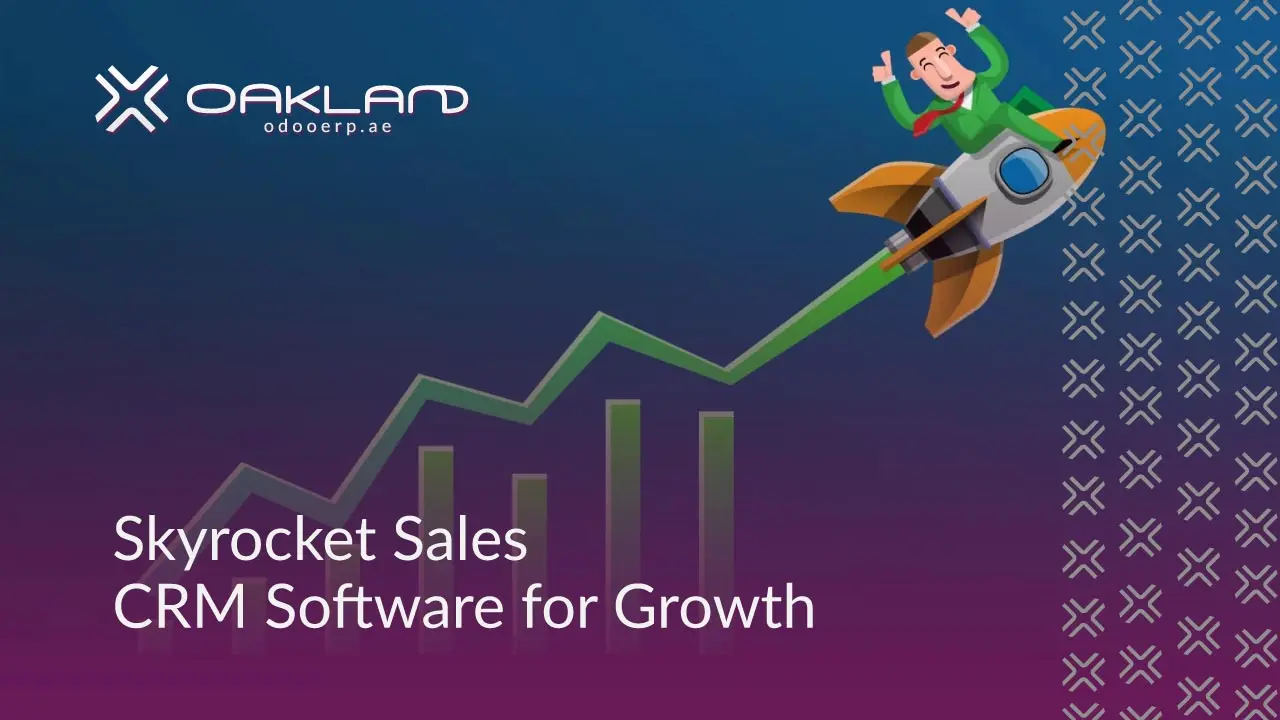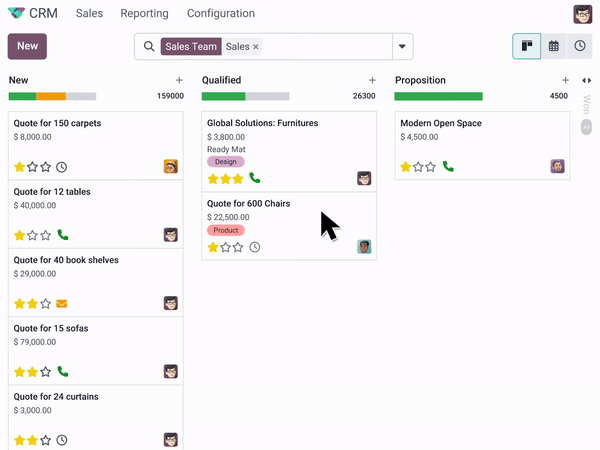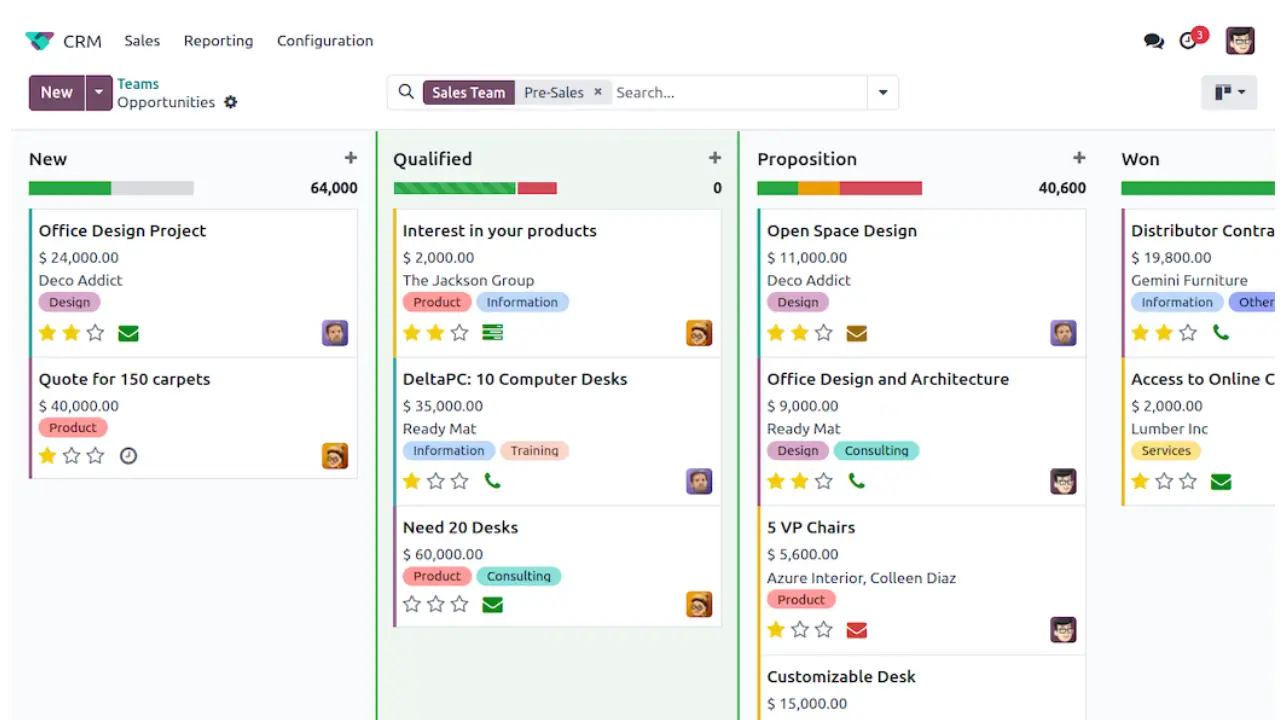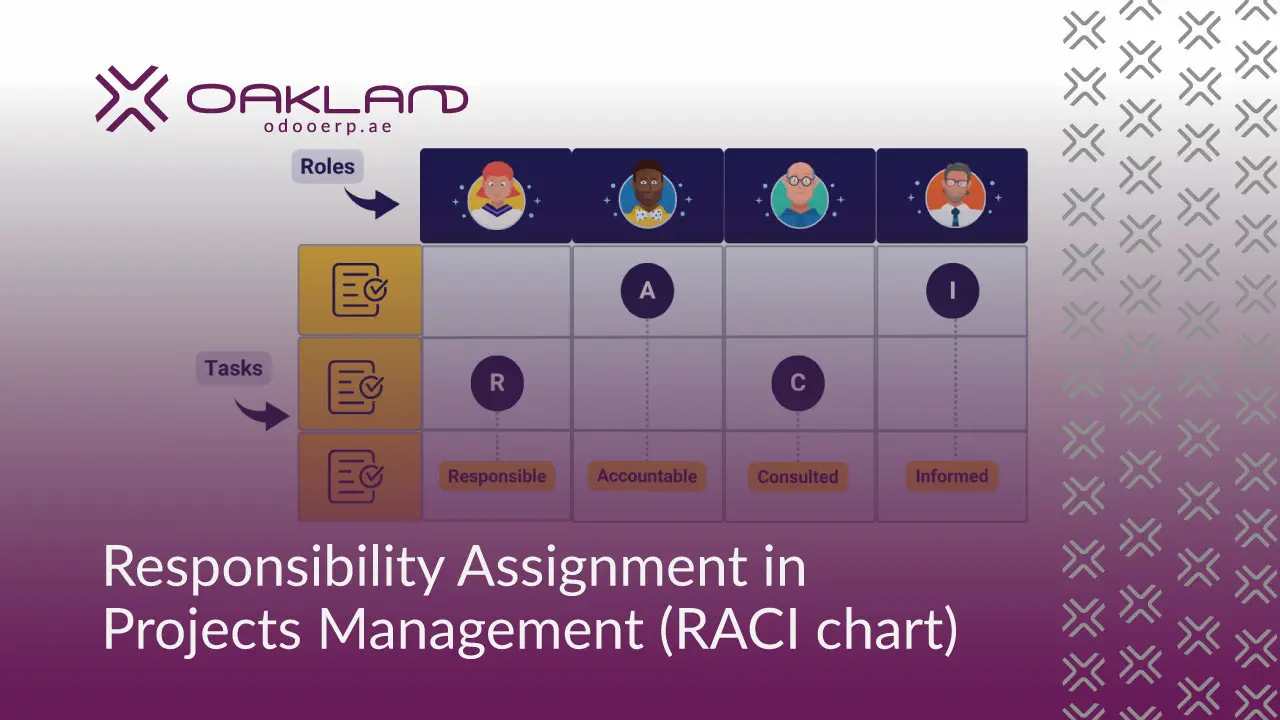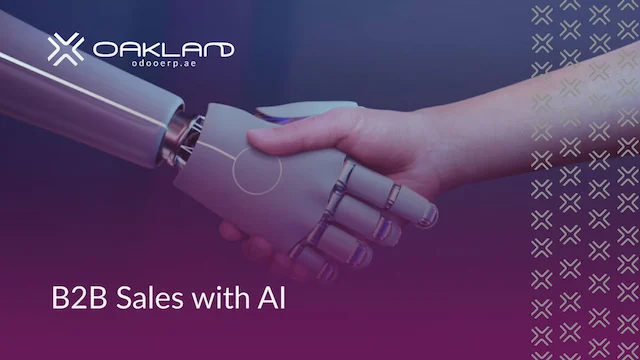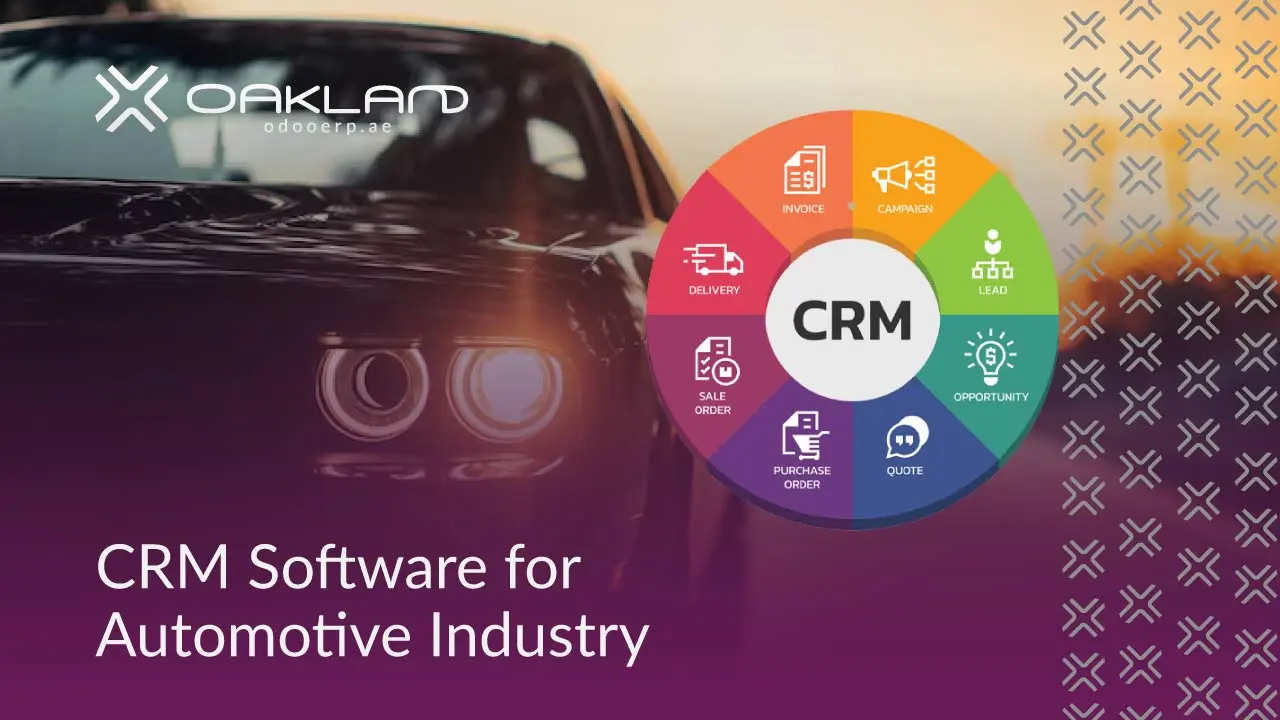What is CRM Software and How Does It Work?
CRM software is a sales customer relationship management software that helps businesses track leads, manage interactions, and automate sales processes. A sales CRM system organizes customer data, streamlines follow-ups, and improves conversions.
Using a sales CRM tool, sales teams can analyze customer behavior, track sales pipelines, and automate repetitive tasks. Integration with marketing tools enhances customer engagement, while reporting features provide insights into sales performance. Businesses using a CRM for sales experience better efficiency, improved customer retention, and increased revenue.
CRM Meaning in Sales
The sales CRM meaning refers to a system that helps businesses manage customer relationships, streamline workflows, and improve sales performance. A CRM in sales management allows teams to track customer interactions, nurture leads, and optimize deal closures.
Sales teams rely on CRM & sales software to improve productivity and enhance client relationships. By automating follow-ups and tracking customer preferences, businesses can close more deals faster. A sales management CRM eliminates manual tasks, enabling sales reps to focus on revenue-generating activities.
Key Features of the Best Sales CRM
An effective CRM for sales teams should include:
- Lead and Contact Management: A sales CRM tool should store customer details, track interactions, and automate follow-ups.
- Pipeline Tracking: The best sales CRM system provides real-time visibility into sales stages, helping teams prioritize deals.
- Automation and AI Integration: A CRM sales process with automation reduces manual work, improving efficiency and accuracy.
- Sales Reporting and Analytics: Insights from a CRM sales funnel help sales managers optimize strategies and improve conversion rates.
- Integration with Marketing Tools: A CRM and sales management system should connect with marketing platforms for a unified strategy.
Businesses looking for the best CRM Software for outbound sales should choose a platform with advanced reporting, mobile access, and seamless integrations. A sales CRM app makes it easier for teams to manage customer relationships on the go, boosting productivity and performance.
How CRM Tools Streamline Customer Interactions?
Centralized Customer Data for Better Engagement
A sales CRM system consolidates all customer details in one place, making it easier for teams to track interactions. Sales representatives can access past conversations, purchase history, and preferences instantly, allowing for more personalized communication.
With a CRM for sales teams, businesses eliminate data silos, ensuring that every department has updated information. Quick access to insights helps sales and support teams respond faster, improving customer satisfaction.
Automated Communication and Follow-Ups
A sales CRM tool automates emails, reminders, and follow-ups, reducing the chances of missing key interactions. Businesses can schedule personalized messages, ensuring customers receive timely responses.
Automation in CRM & sales software helps maintain consistent engagement without overwhelming sales representatives. Whether it’s sending welcome emails or tracking inquiries, automation ensures no lead is ignored.
Streamlined Sales and Customer Support Processes
A CRM sales process simplifies customer interactions by integrating different communication channels, including email, phone, and live chat. Businesses using CRM sales tools can track customer interactions across platforms, providing a seamless experience.
With a structured CRM sales funnel, teams can prioritize leads, focus on high-value clients, and nurture long-term relationships. Efficient sales and customer relationship management reduces response times and increases conversion rates.
Data-Driven Decision Making for Personalized Service
CRM platforms collect valuable data, allowing businesses to analyze customer behaviors and preferences. Sales managers use these insights to refine strategies and personalize offers.
A sales intelligence CRM provides reports on customer engagement, purchase patterns, and feedback trends. Businesses can use these insights to optimize marketing campaigns and tailor customer interactions to increase loyalty.
Improved Collaboration Across Teams
CRM software enhances teamwork by providing a shared view of customer interactions. Sales, marketing, and customer service teams can work together more efficiently, reducing miscommunication.
With CRM for sales managers, leaders can monitor team performance, track progress, and make informed decisions. A unified approach to sales and client relationship management leads to better coordination and higher customer retention.
How Can CRM Software Improve Your Sales Process?
Enhancing Lead Management and Conversion Rates
A sales CRM system simplifies lead tracking by capturing, categorizing, and scoring potential customers. Businesses can prioritize high-value prospects, ensuring sales efforts focus on the most promising opportunities. CRM for sales teams automates follow-ups, reducing lost leads and improving conversion rates.
Improving Your Sales Pipeline with CRM
A well-structured CRM sales funnel provides a clear overview of deals at every stage. Sales teams can track progress, identify bottlenecks, and take action to move deals forward. Sales CRM platforms offer real-time insights, helping businesses adjust strategies and close deals faster.
Automating Sales Tasks for Increased Efficiency
Repetitive tasks like data entry, follow-ups, and scheduling can slow down sales teams. Sales CRM tools automate these processes, allowing sales reps to focus on selling rather than administrative work. A sales and CRM system reduces errors and ensures timely customer interactions.
Better Collaboration and Data-Driven Decisions
A centralized sales customer management software improves team collaboration by providing a shared database of customer interactions. Managers can track performance, identify trends, and adjust strategies using sales intelligence CRM insights. Odoo’s CRM and sales management tools empower teams with real-time data for informed decision-making.
Personalized Customer Experiences for Stronger Relationships
A sales customer relationship management software stores detailed customer data, allowing businesses to personalize interactions. Sales reps can tailor their approach based on purchase history, preferences, and past communications. CRM sales tools enhance customer loyalty by providing a seamless, personalized experience.
Automating Sales Processes with a CRM Tool
Eliminating Manual Tasks for Higher Productivity
A sales CRM system automates repetitive tasks like data entry, follow-up reminders, and email tracking. Sales teams no longer need to manually log interactions or schedule calls, as CRM sales tools handle these processes automatically. This automation reduces errors and ensures every lead gets the attention it deserves.
Faster Lead Nurturing and Follow-Ups
A structured CRM sales process ensures that leads progress smoothly through the pipeline. Automated workflows assign tasks, trigger follow-up emails, and notify sales reps when a prospect takes action. Sales and CRM platforms help businesses stay proactive, increasing engagement and conversion rates.
Streamlined Communication Across Teams
With a sales CRM tool, teams can collaborate more effectively by sharing customer details, deal statuses, and follow-up actions in one place. This centralization eliminates miscommunication and allows seamless handoffs between team members. CRM for sales teams improves efficiency by keeping everyone aligned and informed.
Using CRM to Boost Your Sales Opportunities
Better Lead Qualification for Targeted Efforts
A CRM in sales management helps businesses identify high-value leads by tracking interactions and engagement levels. Instead of wasting time on unqualified prospects, sales teams can prioritize leads that are more likely to convert. Sales intelligence CRM features analyze customer behaviors, improving targeting strategies.
Data-Driven Sales Strategies
A sales CRM platform provides real-time analytics on customer interactions, helping businesses refine their approach. Sales managers can track performance, identify successful tactics, and adjust their sales strategies accordingly. This level of insight gives businesses a competitive edge in sales and CRM management.
Increased Sales Conversions with Personalization
A CRM sales tool stores customer preferences, past purchases, and communication history, allowing sales teams to personalize their outreach. Personalized interactions build stronger relationships and make customers more likely to close deals. CRM for sales reps enables teams to engage prospects with tailored offers, increasing the likelihood of conversion.
Types of CRM and How to Choose the Right One?
Operational CRM: Automating Sales and Customer Service
An operational CRM focuses on streamlining sales, marketing, and customer service processes. Businesses use this type of sales customer relationship management software to automate tasks like lead tracking, email follow-ups, and appointment scheduling. A sales CRM system improves efficiency by reducing manual work, ensuring a smoother customer journey.
Analytical CRM: Gaining Insights for Better Sales Decisions
An analytical CRM helps businesses understand customer behaviors, sales trends, and performance metrics. With advanced reporting and data visualization, companies can refine their CRM sales process, predict buying patterns, and develop personalized sales strategies. A sales intelligence CRM is ideal for businesses looking to make data-driven decisions.
Collaborative CRM: Enhancing Team Communication
A collaborative CRM focuses on improving communication between sales, marketing, and customer support teams. By sharing real-time customer data, teams can provide a consistent experience. Businesses using a CRM for sales teams can manage client relationships more effectively by ensuring all departments stay informed.
How to Choose the Right CRM for Your Business?
Assess Your Business Needs
Identifying pain points in your sales and CRM process is the first step. Businesses with complex sales cycles may benefit from an analytical CRM, while those prioritizing automation should consider an operational CRM.
Evaluate Key Features
A sales management CRM system should offer lead tracking, sales automation, and reporting tools. Businesses should also consider integrations with existing systems and ease of use when selecting a CRM for sales managers.
Scalability and Flexibility
A growing business needs a sales CRM platform that can adapt over time. Choosing a system that supports expansion, customization, and third-party integrations ensures long-term success.
What Are the Benefits of Using CRM for Sales Teams?
1. Centralized Customer Information
A sales CRM system stores all customer interactions, contact details, and transaction history in one place. Sales teams no longer need to dig through emails or spreadsheets to find important data.
2. Improved Lead and Deal Tracking
With a structured CRM sales funnel, sales reps can monitor the progress of leads and deals. Automated follow-ups and task reminders keep prospects engaged, reducing the chances of missed opportunities.
3. Increased Sales Productivity
A CRM sales platform automates repetitive tasks like data entry, follow-up emails, and scheduling. This allows sales reps to focus on relationship-building and closing deals rather than administrative work.
4. Better Collaboration Among Teams
A sales customer relationship management software enables seamless communication between sales, marketing, and customer support teams. Shared access to customer data ensures that everyone is on the same page, improving customer experiences.
5. Data-Driven Decision Making
With built-in analytics and reports, CRM sales tools help businesses track sales performance, identify trends, and refine their strategies. Real-time insights allow sales teams to adjust their approach for maximum effectiveness.
How CRM Helps Sales Reps Increase Sales?
1. Streamlining the Sales Process
A CRM for sales reps simplifies every stage of the sales process, from lead generation to deal closure. Automated workflows reduce manual errors and accelerate sales cycles.
2. Personalized Customer Interactions
By analyzing past interactions, a sales CRM tool enables sales reps to personalize their pitches. Understanding customer preferences leads to better engagement and higher conversion rates.
3. Automating Follow-Ups and Reminders
Sales reps using CRM in sales management receive automated reminders to follow up with leads at the right time. This keeps prospects engaged and increases the likelihood of closing deals.
4. Managing Sales Pipelines Effectively
A structured CRM sales process ensures that sales reps always know which stage a deal is in. This prevents lost opportunities and helps teams prioritize high-value leads.
5. Gaining Actionable Insights
A sales intelligence CRM tracks performance metrics, customer behaviors, and sales trends. Sales reps can use these insights to refine their strategies and close more deals.
Best Practices for CRM and Sales Management
1. Keep Customer Data Up to Date
A well-maintained sales CRM system ensures accurate and complete customer records. Sales teams should regularly update contact details, deal status, and communication logs.
2. Automate Where Possible
Using CRM sales automation tools reduces manual work and increases efficiency. Automated follow-ups, email campaigns, and lead scoring help sales teams stay organized.
3. Align CRM with Sales and Marketing Goals
A CRM for sales and marketing should support business objectives. Integration with marketing tools ensures that leads are properly nurtured before being handed over to the sales team.
4. Train Sales Teams on CRM Usage
Providing training on CRM and sales software helps sales teams maximize its potential. Familiarity with CRM features leads to better adoption and improved sales performance.
5. Track and Optimize Sales Performance
Regularly reviewing CRM analytics helps businesses identify areas for improvement. Adjusting sales strategies based on CRM data leads to better outcomes.
Enhancing Marketing Efforts with Customer Relationship Management
1. Segmenting Customers for Targeted Campaigns
A sales and marketing CRM allows businesses to categorize customers based on demographics, buying behavior, and engagement levels. This ensures that marketing campaigns reach the right audience.
2. Automating Lead Nurturing
With a CRM sales platform, businesses can set up automated email sequences and follow-ups. This keeps leads engaged and moves them closer to a purchase decision.
3. Tracking Marketing ROI
A sales CRM system provides insights into which marketing campaigns generate the most leads and sales. Businesses can adjust their strategies to focus on high-performing channels.
4. Personalizing Customer Communication
A CRM for sales teams stores detailed customer data, enabling personalized outreach. Tailored emails, offers, and recommendations improve engagement and conversion rates.
5. Aligning Sales and Marketing Teams
With a shared CRM and sales management platform, marketing and sales teams can collaborate more effectively. Marketing can pass qualified leads to sales, ensuring a smooth transition and higher conversion rates.
Using CRM for sales improves efficiency, enhances customer relationships, and drives revenue growth. Sales and marketing teams benefit from automation, real-time insights, and streamlined communication, leading to a more effective sales process.
How to Choose the Right CRM Software for Your Business?
Money is not the only thing on stake when choosing wrong CRM program. You choose a poor software, you lose time, you risk losing potential clients, and lose money on new software and also data migration.
Avoid the headache and choose the right CRM from the start, it is easy, follow these steps and you will definitely find your CRM
Factors to Consider in a CRM Solution
1. Ease of Use and Customization
Small change like adding a category can increase productivity and efficiency by up to 70%. Open-source software is easy to customize. You can increase your sales with adaptable to business workflows.
2. Automation and Sales Tracking
Automated follow-ups, pipeline management, and real-time tracking enhance efficiency. Odoo’s CRM sales tools eliminate manual work, allowing teams to focus on closing deals faster.
3. Integration with Other Business Apps
You communicate with your clients on WhatsApp, you send them emails receive requests from them on social media. Integrations allows you to handle all of these interactions from the CRM.
Integrations vary, some CRM has more than others. Odoo for example has hundreds of integrations to help you streamline operations.
4. Scalability and Pricing
As businesses grow, their CRM in sales management should adapt to increasing demands. Odoo’s sales CRM tool offers flexible pricing and scalable features, making it a cost-effective choice.
CRM for Sales Managers: Features to Look For
1. Sales Forecasting and Analytics
A sales intelligence CRM should provide real-time reports on sales trends. Odoo’s CRM sales tools offer predictive analytics, helping managers optimize sales strategies.
2. Automated Lead Scoring and Assignments
A sales CRM system should prioritize high-value leads and assign them automatically. Odoo’s sales and CRM software ranks leads based on engagement, increasing efficiency.
3. Mobile Access and Remote Management
A sales mobile CRM allows teams to access customer data from anywhere. Odoo’s CRM for sales teams includes a mobile-friendly interface, enabling on-the-go sales management.
Choosing the right sales CRM tool depends on business size, budget, and required features. Odoo stands out as a flexible, all-in-one solution, making it the best CRM for sales managers looking to optimize operations and drive revenue growth.
Comparing the Best CRMs for Sales: Odoo vs. Zoho vs. SAP vs. Monday
Choosing the right sales CRM system is crucial for businesses looking to improve efficiency, automate sales processes, and drive revenue growth. Below is a comparison of four major CRM sales platforms, with a strong focus on why Odoo stands out.
1. Odoo – The Best All-in-One Sales CRM
Key Features:
- Fully Integrated System: Odoo’s sales and CRM software seamlessly connects with inventory, accounting, and marketing.
- Automation and AI-Driven Insights: Sales forecasting, lead scoring, and automated follow-ups streamline operations.
- Customizable and Scalable: Odoo’s open-source nature allows businesses to tailor their CRM sales process to their needs.
- User-friendly Interface: Unlike SAP, Odoo’s CRM for sales teams is intuitive and easy to use.
- AffordablPricing: Offers a cost-effective solution compared to SAP and Zoho, with no hidden fees.
Odoo’s CRM sales tools make it the best choice for businesses seeking a flexible, sales customer relationship management software that grows with them.
2. Zoho CRM – Cloud-Based Solution for Small Businesses
Key Features:
- Basic Lead and Deal Tracking: Provides essential features but lacks the deep customization of Odoo.
- AI-based Sales Predictions: Uses AI to analyze sales trends, though it’s less advanced than Odoo’s system.
- Limited Integrations: Works well with Zoho’s ecosystem but lacks broad compatibility with other tools.
Zoho is a good CRM sales tool for small businesses but lacks the advanced automation and full ERP integration of Odoo.
3. SAP CRM – Best for Large Enterprises
Key Features:
- Enterprise-grade Sales and Analytics: Offers powerful sales intelligence CRM features but is overly complex.
- High Customization: Can be tailored to large business needs, but setup is time-consuming and expensive.
- Heavy IT Dependency: Requires dedicated teams for implementation and maintenance.
SAP is ideal for corporations with massive budgets but is not practical for small to mid-sized companies. Odoo provides the same CRM and sales management functionalities without the excessive costs.
4. Monday CRM – Visual Sales Tracking for Simple Workflows
Key Features:
- Basic Pipeline Management: Easy-to-use interface for tracking sales deals.
- Limited Automation: Lacks advanced AI features found in Odoo and SAP.
- Not a Full CRM: More of a sales marketing tool than a complete CRM for sales managers.
Monday is useful for basic project tracking but lacks the depth and automation of Odoo’s sales CRM platform.
| Feature | Odoo | Zoho | SAP | Monday |
|---|---|---|---|---|
| Automation & AI | ✅ Advanced | ⚠️ Limited | ✅ Advanced | ❌ Minimal |
| Customization | ✅ Fully flexible | ⚠️ Somewhat customizable | ✅ Highly customizable | ❌ Basic |
| Integration | ✅ Full ERP integration | ⚠️ Limited to Zoho apps | ✅ SAP ecosystem | ❌ Few integrations |
| Ease of Use | ✅ Intuitive | ✅ User-friendly | ❌ Complex | ✅ Simple |
| Affordability | ✅ Cost-effective | ⚠️ Mid-range | ❌ Expensive | ✅ Affordable |
